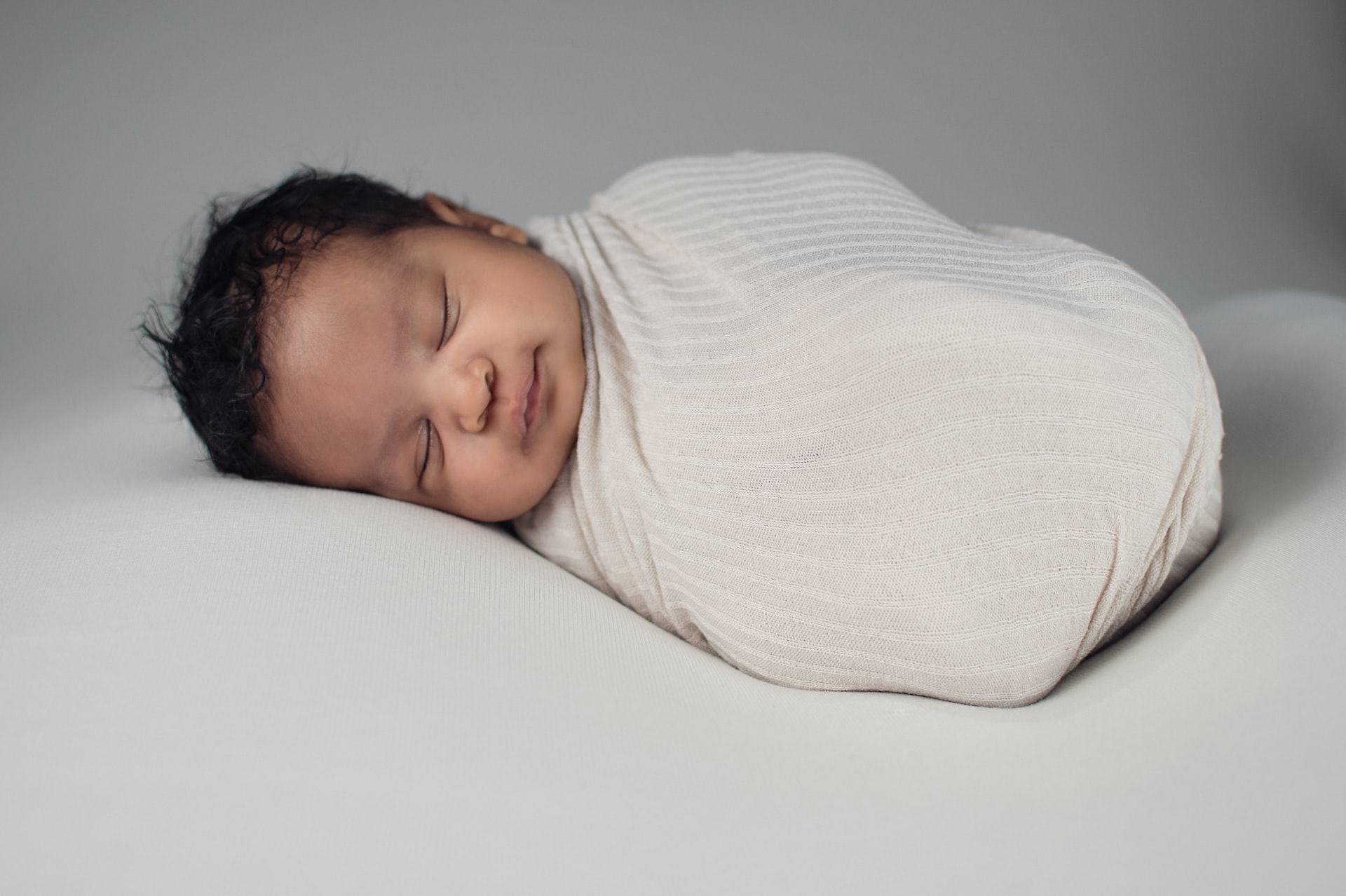How young is too young?

by
Posted
Every so often I get an email or phone call from a happy family member who wants their young one to get a PPL or recreational pilot permit.
The first thing I ask, usually, is how young is the younger person in question? The law says that a Student Pilot Permit can be issued to anyone aged 14 or older, a 16-year-old can be issued a Pilot Permit – Recreational, and the minimum age for a Private Pilot Licence is 17 years. As far as I know those are the only legal requirements encoded in statute.
In theory therefore a child can have flying lessons at any age, and you might think that a practical lower limit would therefore be when the child in question is tall enough to reach the pedals and at the same time see over the instrument panel.
But a legal limit isn’t supposed to be the recommended starting age, so a good question to ask is what is the youngest age at which it’s a good idea to learn to fly?
I think there are a variety of challenges on the route to pilot licensing for every student. Some of them are external and (let’s call them) technical: regular access to an instructor, access to an airplane, good weather, an airport to fly from, money to pay for lessons. Other challenges are internal, or social: perseverance to push through a long training course, the ability to carve enough time each week for a considerable number of months or years for study and lesson attendance, and the wisdom and judgment to transition from a student pilot moving levers and pedals with hands and feet to a competent safe pilot whose decision-making will keep them and their passengers safe in unexpected conditions of weather and performance.
My experiences of teaching young people to fly is that they very rarely have difficulty with the mechanics of flying: like learning to ski or ride a bicycle these kinds of things come more easily to younger folk. But it’s a rare sixteen-year-old whose concept of risk is sufficiently advanced to be able to undertake long distance cross country trips which are the privilege of a licensed pilot, and it’s the development of that sort of judgement that a Pilot Examiner is looking to see that a student has, before issuing a licence. It’s certainly what the instructor needs to see to be sure a student is safe to make some of the later solo flights during the course of training.
Getting a PPL in a reasonable time frame – let’s say within a year – will need an investment of time of about ten solid hours each week, every week, for the duration of training. For a working person who’s already used to being in charge of their own time, it’s an easy discussion: an adult can appreciate what it means to give up every Thursday morning and every Saturday afternoon. A young person still at school full time probably doesn’t have the flexibility to rearrange their week to suit. And children’s weekends are often already full of sport, friends and family activities.
Accepting that every child is an individual, when a parent calls me and tells me they want their child to get a pilot licence, I recommend that particular goal is left until the child is finished or finishing school, and has at least the maturity to drive the family car on a long highway trip. The situation might be different teaching flying at a remote rural airfield far away from the GTA – Canada’s busiest airspace, but that’s where we are located.
I do think learning to control an airplane is a lot of fun – and think it’s a skill that easy enough and appropriate for a child who is tall enough to learn. So sometimes we can offer training on that basis – a limited number of lessons, the early ones of the syllabus – that will certainly count in terms of hours and skills to that person’s progress towards a licence when they are older. What else can a child do to make some progress? They can get a pilot medical examination – although it will need renewing every five years, that’s a much quicker process than initial issue – and they can sign up for and complete online ground school. A child who has a done these things will have a much smoother path to getting a Private (or higher) Pilot Licence when they get to the age of 17 or 18 and are finally ready for training.